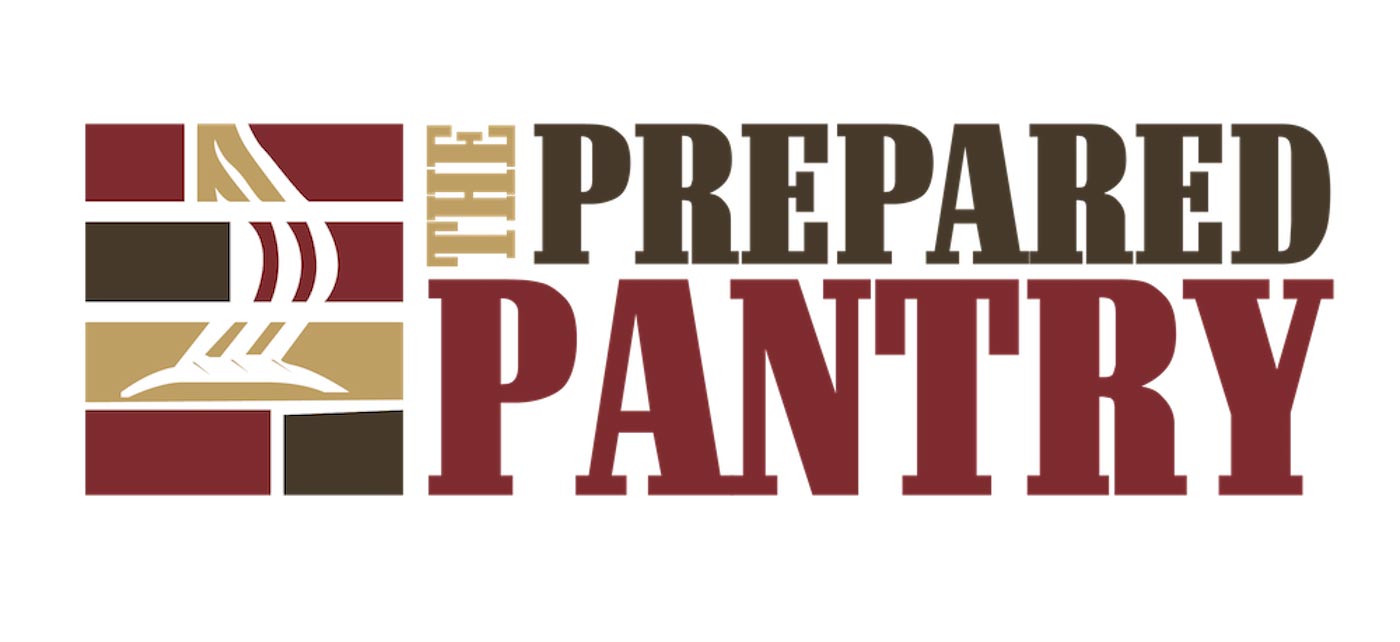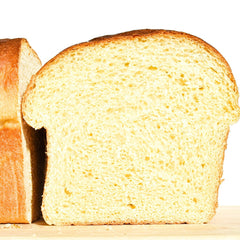Even if you own a bread machine, some of the time, you'll want to make your bread in the oven. It's easy enough. Just follow the instructions below.
I would use the bread machine for my everyday bread; It's a time saver. For special occasions, for celebrations or when company is coming, I would bake it in the oven.
I would still use bread mixes. With mixes, you have a better selection of better breads. We use ingredients and testing methods that are not available to consumers.
I like mixing the dough in a bread machine, with Cycle 8 with most machines. But the instructions here are for a stand-type mixer, for those that don't have a bread machine. If you're mixing the dough in your bread machine, skip the stand-type mixer steps.
If you are going to make loaves in your oven often, get a proofing bag. The instructions below tell you to use plastic wrap.. It works, but you'll get taller, nicer loaves with a proofing bag. Once you have a proofing bag, you'll use it every time.
One final word before we get started: yeast is very sensitive to temperature. The ideal temperature for dough is 79 degrees Fahrenheit. Your kitchen may not be that warm, so your dough will take longer to rise. But you probably have a warm spot elsewhere in the house: a sunny window, over a heating vent, or upstairs in a warm bedroom.
But let's get started. You're going to make fantastic bread.
***********************************
Note: The bread above is made from a Italian Country Bread Mix. The bread below is from a Country Farm White Bread Mix.
*************************************
How to Make Bread in the Oven in 3 Easy Steps
What you'll need
- A stand-type mixer with a dough hook
- A kitchen thermometer
- A baking sheet or a large bread pan

Step 1: Mix the dough
- Empty the mix into the mixing bowl
- Add the water (110 to 115 degrees Fahrenheit)
- Add the yeast
- Mix for eight minutes at medium-high speed using a dough hook
- Cover the mixing bowl with plastic wrap and let it sit for an hour in a warm place

Step 2: Form a loaf
- Prep your pan or baking sheet with shortening or line it with parchment paper
- Form the dough into an oblong ball
- Set it in/on the pan and cover it with plastic again
- Let it rise until blisters just start to form

Step 3: Bake
- Preheat the oven to 350 degrees Farenheit
- Take the plastic off the bread and place the pan in the oven
- Set your timer for 25 minutes
- Test it for doneness with your thermometer. The temperature should be 190 when you insert the thermometer probe to the center of the loaf
- If it's not 190 degrees, bake it for another four minutes
- Remove the bread from the pan and set it on a rack to cool
Let the bread cool for at least ten minutes before slicing.

Baker's Notes and Recommendations:
A common concern is forming the loaf. You'll be proud of your bread even if the shape is not picture-perfect. It will taste the same even if it's not symmetrical. But if you want your bread to be pretty, not interesting, there's a way to wrap a loaf. Stretch the dough around the center of the loaf and pinch the seams together on the bottom. Picture a ball inside the dough that you're wrapping. The tension on the skin of the loaf will tend to make the loaf rounder and higher.
Sandwich loaves are typically baked in a bread pan Country Farm White Bread and Buttermilk Wheat Bread are great candidates. Artisan loaves are mostly freestanding loaves baked on a baking sheet. San Francisco Sourdough Bread Mix, Black Russian Bread (Pumpernickel Bread), and Italian Country Bread Mix are good candidates.
A little cornmeal or semolina flour sparsely dusted on the baking sheet is a nice touch for artisan loaves. Navajo ground corn is a nice touch.
Proofing bags work better than plastic wrap for proofing bread. The bags act as puffy little greenhouses while the plastic warp tends to hold the dough down so that the loaves aren't quite as high.



 Dennis Weaver
Dennis Weaver






Comments (3)
Using certified equipment ensures that your kitchen is compliant with food safety standards, helping to avoid fines and penalties.
https://zanussiprofessional.luus.com.au/
I did exactly like you said and it came out great.
Thank you
I don’t have a mixer so what would you suggest I do…time for kneading etc? Thanks so much.
I love your emails.
Joni